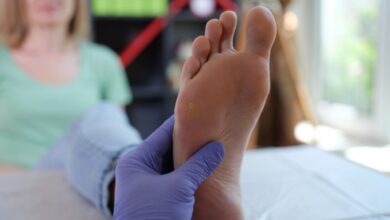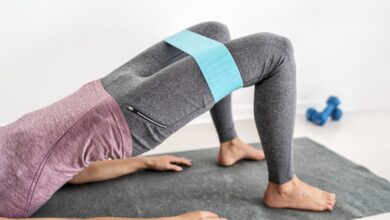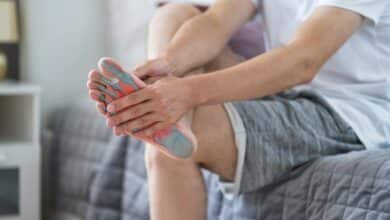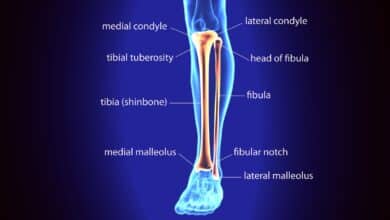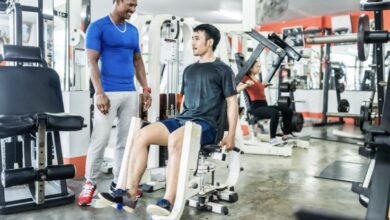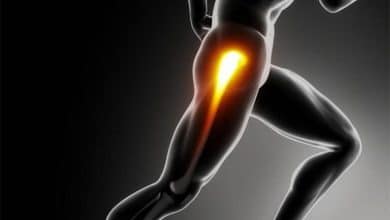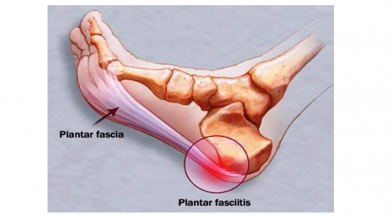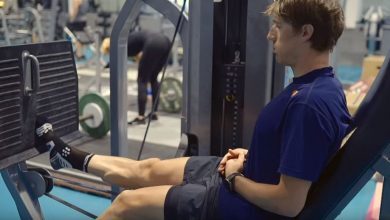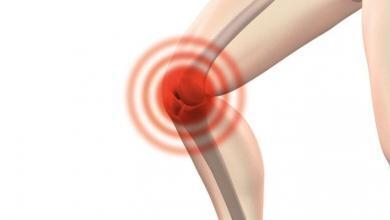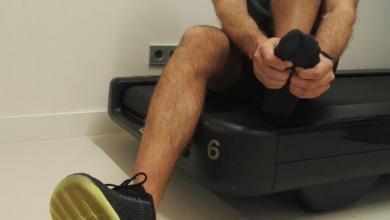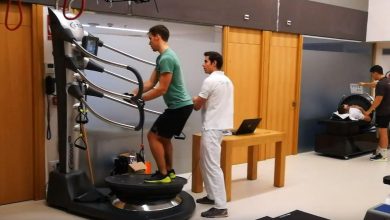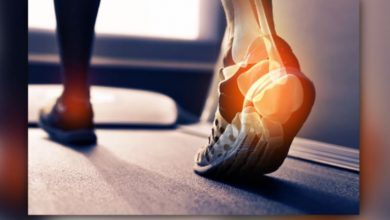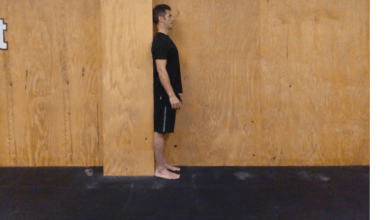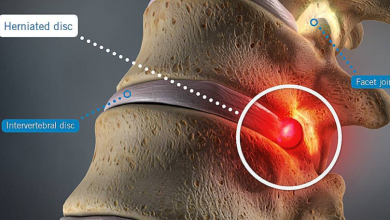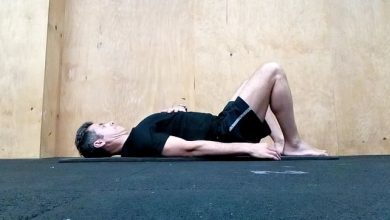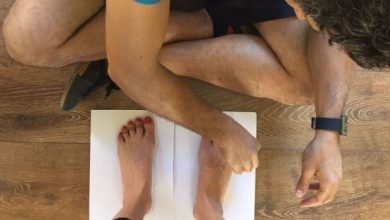The 5 most common trauma injuries in triathletes
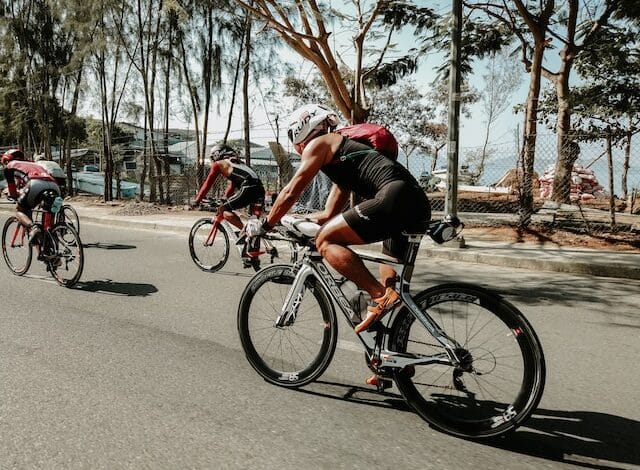
Triathlon, a sport that combines swimming, cycling and running, is a unique challenge for the human body.
This demanding discipline, although rewarding, can expose athletes to a wide variety of trauma injuries.
Understanding these injuries and preventing them is essential for any athlete looking to improve their performance and avoid interruptions in their training.
The impact of injuries on the performance of triathletes
The triathlon, with its physical demand, can push the body to its limits and, therefore, increase the risk of injury.
These not only affect the athlete's sporting ability, but also have an emotional and physical impact on their daily life. Therefore, it is essential identify the most common injuries and understand how to prevent them effectively.
swimmer's shoulder
In swimming, the swimmer's shoulder is characterized as a common injury, caused by constant repetition of movements and overload on the rotator cuff. It is characterized by pain and stiffness, which can seriously limit the athlete's range of motion. To prevent this injury, you must focus on technique and specific strengthening exercises for the shoulder.
Physiotherapy plays a crucial role in both the recovery and prevention of these injuries. In this sense, specialized centers such as Albareda Clinic They offer treatments that can be essential in keeping triathletes in optimal condition and preventing future injuries.
Stress fractures and knee problems
Stress fractures are common in cycling, caused by the repetitive pressure on the bones, especially in the hip. These fractures can be difficult to diagnose in their early stages, but prevention is possible through balanced training and the use of appropriate equipment.
Meniscus and knee injuries are also common in cyclists, due to the position and repetitive movements inherent to this sport. These injuries can vary in severity and type, including common problems such as tendinitis.
Plantar fasciitis and tendonitis
Plantar fasciitis manifests itself as pain in the heel and sole of the foot, usually caused by overuse, particularly when running on hard surfaces. Choosing appropriate footwear and performing specific stretching exercises can help prevent this injury to a large extent.
On the other hand, tendinitis in the Achilles and knee tendons is another common injury among runners. Characterized by acute pain and swelling, its prevention includes an adequate warm-up, the use of appropriate footwear and avoiding excessive training.
The importance of physiotherapy in the performance of triathletes
Physiotherapy plays an essential role in the prevention and recovery of injuries in triathletes. Through these sessions, athletes can improve your flexibility, strength and range of motion, which is crucial for optimal performance.
Physiotherapists, like those at Albareda Clinic, can provide specific treatments and personalized exercises that help prevent injuries and speed recovery.
Early and regular intervention with physiotherapy can identify and correct muscle imbalances and biomechanical deficiencies.
This not only reduces the risk of injury, but can also improve movement efficiency, which is vital in a sport that demands so much on the body.
Additionally, physical therapy can offer recovery and relaxation techniques, helping triathletes better manage the physical and mental stress of training and competitions.
How to choose the right shoes to avoid injuries
Choosing the right shoes is a fundamental aspect for any triathlete. Incorrect footwear can increase the risk of injuries such as plantar fasciitis or tendinitis.
It is crucial to select shoes that offer the necessary support and that are designed for the type of footprint of the athlete. In addition, it is important to consider the type of terrain on which you will usually train, since Each surface requires different levels of cushioning and traction.
The durability and quality of the footwear are also aspects to take into account. Worn shoes can lose their ability to provide the necessary support and cushioning, increasing the risk of injury.
Therefore, it is recommended replace shoes regularly, depending on the frequency and intensity of training.
How to prevent the most common injuries of triathletes
Common triathlon injuries, such as plantar fasciitis, swimmer's shoulder, and knee injuries, can be prevented with the right measures, as you have seen.
A proactive approach includes maintenance of proper technique in each discipline and the use of appropriate equipment.
Furthermore, it is essential to integrate a strength training and flexibility in the routine to strengthen muscles and increase resistance to injuries.
El rest and recovery They are as important as the training itself (known as invisible training). Many injuries occur due to fatigue and overtraining.
Therefore, it is essential to listen to the body and give it the necessary time to recover after intense sessions. Nutrition also plays a crucial role, as a balanced and adequate diet helps keep muscles and bones strong.
There are no previous results.







